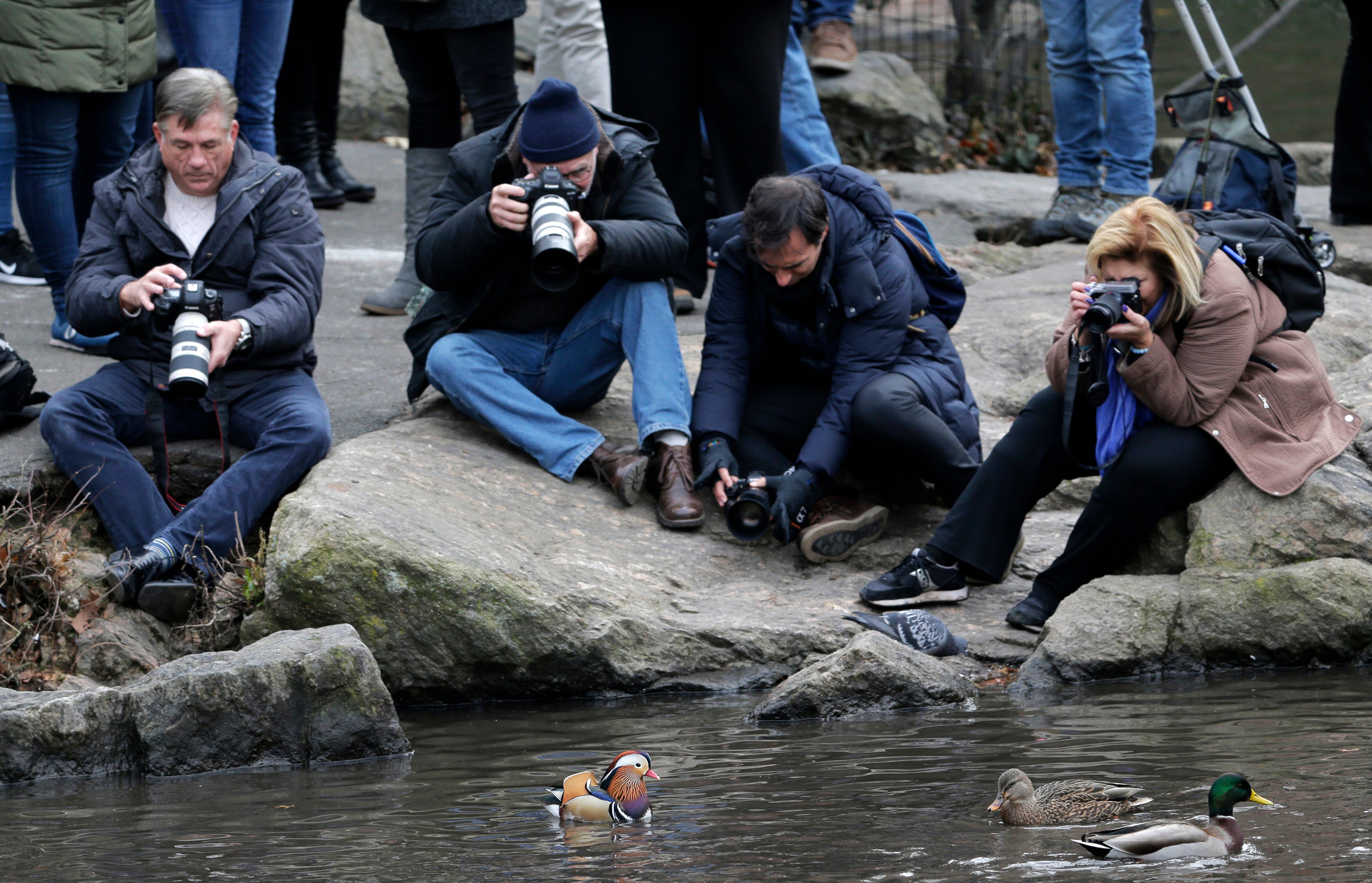More birders sighted in Central Park this spring migration
By shutting so many people inside their homes, the pandemic has led to increased appreciation of nature

Your support helps us to tell the story
From reproductive rights to climate change to Big Tech, The Independent is on the ground when the story is developing. Whether it's investigating the financials of Elon Musk's pro-Trump PAC or producing our latest documentary, 'The A Word', which shines a light on the American women fighting for reproductive rights, we know how important it is to parse out the facts from the messaging.
At such a critical moment in US history, we need reporters on the ground. Your donation allows us to keep sending journalists to speak to both sides of the story.
The Independent is trusted by Americans across the entire political spectrum. And unlike many other quality news outlets, we choose not to lock Americans out of our reporting and analysis with paywalls. We believe quality journalism should be available to everyone, paid for by those who can afford it.
Your support makes all the difference.This spring, longtime Central Park birder and naturalist Gabriel Willow is feeling a little less nervous than he did a year ago.
Standing on the park’s Bow Bridge with binoculars, Willow recalls the early days of the pandemic when the virus was at its worst in New York City. “There were so many unknowns about transmission,” Willow says. “Last spring, I didn’t go out that much.”
Now that people are being vaccinated and are more aware of safety protocols, “we’re going to see even more people outside birding this spring,” he predicts, including him. “I think people are really eager to get out.”
The pandemic, which shut so many people inside their homes, has led to an increased appreciation of nature in general, and of outdoor activities like hiking, gardening and birding.
“Normally, in spring migration, the park is really crowded with regular birders," said longtime birder MaryJane Boland, walking the section of the park known as The Ramble. It's "even more crowded this year because of the new ones.”
Boland talks with a lot of the new bird-watchers to gauge their long-term interest. “I’d like them, once they can do anything, to still want to watch birds and protect birds,” she says.
Friends Danny Katz and Jody Prusan started coming to Central Park to feel the “rejuvenating” and “inspiring” effects of bird-watching more recently.
“It’s really been a source of sublime joy,” Katz says. “So much of the world has made me sad or mad, and being able to focus on the beauty of nature has just been extraordinary.”
Sometimes, he says, there have been moments of excitement, like when “a flurry of owls” showed up, and people stood a little too close. “But on the whole, I think it’s neat to have a shared human experience, especially in this time when so much of what we’re going through is isolating.”
For those new to the hobby, Willow suggests using smartphone apps to make bird-watching more enjoyable. One he likes is eBird, an app and website created by the Cornell Lab of Ornithology and the National Audubon Society
It includes a database in which anybody “can be a community scientist and add their sightings,” he says.
Another avid birder, David Barrett, says you don’t need fancy equipment to take part in the hobby. A good pair of binoculars is important, he says, “and you don’t have to buy expensive ones.”
Barrett, who runs the Manhattan Bird Alert on Twitter (@BirdCentralPark), also recommends getting a smartphone adapter for your binoculars, so the images you’re viewing through them come up on your phone, and you can grab pictures.